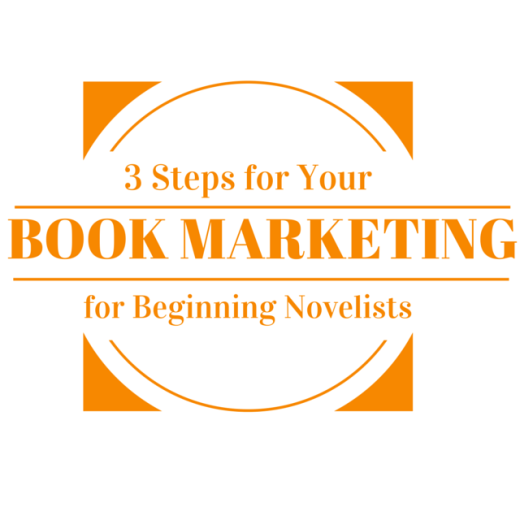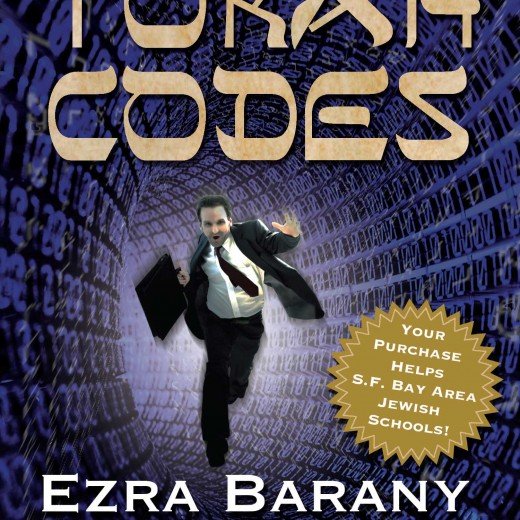Why E.L. James’ 50 Shades of Grey is Popular and How You, Too, Can Be a Bestselling Author (Pt. 2 of 2)
 Our guest post today is Liz Adams, author of fairy tale erotica. We are honored to have her share part 2 of her 2-part blog post on why she thinks Fifty Shades of Grey is so popular. And though she will be talking about being an erotica author, much of her insight and advice can be applied to all authors of fiction. Please help me welcome Liz Adams!
Our guest post today is Liz Adams, author of fairy tale erotica. We are honored to have her share part 2 of her 2-part blog post on why she thinks Fifty Shades of Grey is so popular. And though she will be talking about being an erotica author, much of her insight and advice can be applied to all authors of fiction. Please help me welcome Liz Adams!
***
WARNING: This post mentions rape scenes in fiction.
Thank you, Beth! In my last post, I let you in on a secret of mine. I revealed how I thought the reason E.L. James’ Fifty Shades of Grey became so popular was because of the tie on the cover. Women all around the world were reading what they thought would be a light romance and instead practically fainted from the shock of reading about bondage, dominance, and sadism. The subject matter itself wasn’t controversial, people read BDSM all the time. It was the experience of women who never before read nor expected to read BDSM getting smacked by the subject matter. The cover didn’t have a picture of a naked woman bound and gagged. The married women over thirty had no idea what they were getting into. And that shock created the controversy to make women all around the world spread news of the book via word-of-giggle.
Another Example of Marketing to the Wrong Crowd
Where else have we seen that? I’d say The Girl with the Dragon Tattoo. What was the cover? Black letters on a yellow background. What reading experience did that promise? Knowing it was in the thriller category and knowing that in English it was called The Girl with the Dragon Tattoo, (in the original Swedish it was called Men Who Hate Women), all we’d expect is a young woman with a tattoo being caught up in a life or death situation. Nothing prepared us for the rape scene. But I’ll tell you right now that rape in fiction is a completely different thing from rape in reality. The fact of the matter is that many of us have rape fantasies. We would never want to be raped in reality, but the fantasies are there, nevertheless. The difference is that rape in our fantasies are sex crimes, commonly of dubious consent (in erotica, referred to as “dub-con”). Rape in reality are crimes of violence, not sex. Two completely different things.
The point is that women who have rape fantasies can read erotic fiction with non-consensual sex (called “non-con” erotica). A great example is A.N. Roquelaure’s (aka Anne Rice) The Claiming of Sleeping Beauty. Women who buy that book know what to expect.
But when women read the rape scene in The Girl with the Dragon Tattoo, they weren’t expecting it. Reading the scene can stir up emotions anywhere from extreme disgust to surprising, reluctant arousal. And if a gal experiences that–surprising, reluctant arousal–from reading a rape scene, can you imagine how life-changing that can be? Just when she thinks she knows herself, she discovers something about herself that’s supposed to be wrong and perverted. If she’s lucky, she can accept her new fantasies as being common and normal. If that happens, she’ll likely share the book with friends for them to perhaps have the same sexual awakening as she did.
The rape scene stirred up a lot of controversial feelings. Is it any wonder that the author used that scene in all three of his books?
Granted, one could argue that since the scene was violent, and since thrillers often have violence, the book wasn’t marketed to the wrong crowd. True, but I still say readers were shocked by the rape and weren’t expecting it.
What Can We Learn as Authors?
I realize not all of us enjoy writing BDSM or rape scenes. So how can we apply this to our own writing? Ask yourself which market would be surprised, shocked even, to enjoy your book. Then design the cover and marketing with them in mind.
 For example, I’ve written an erotic version of Goldilocks. The story has a robbery and a fight scene, so there’s quite a lot of action. If I target the action readers by categorizing it as action instead of erotica, I’ll no doubt get a strong response. Many people will hate it for being an erotic action story instead of a straight action story, and many people will be surprised at how they enjoyed reading an erotic piece of fiction and tell all their friends to read it. If I instead market it to the erotica readers, they may read it, like it, and move on to the next erotica book without letting anyone know about my book. By marketing it to the action readers, they’ll at least likely talk about it.
For example, I’ve written an erotic version of Goldilocks. The story has a robbery and a fight scene, so there’s quite a lot of action. If I target the action readers by categorizing it as action instead of erotica, I’ll no doubt get a strong response. Many people will hate it for being an erotic action story instead of a straight action story, and many people will be surprised at how they enjoyed reading an erotic piece of fiction and tell all their friends to read it. If I instead market it to the erotica readers, they may read it, like it, and move on to the next erotica book without letting anyone know about my book. By marketing it to the action readers, they’ll at least likely talk about it.
(Update: As of July 2013, my erotic Goldilocks story Goldie’s Locks and the Three Men has been a bestseller in, of all categories, Mystery Anthologies. It’s right up there kissing Agatha Christie, Raymond Chandler, Dashell Hammitt, and Ellery Queen!)
Okay, so erotica is an easy example. How about a mystery? How can we use this method for a mystery? If there’s a sex scene or two, you could make an erotic cover, market it to the readers of erotica, and get a strong response. Many will hate that there wasn’t enough sex in the story, and many will be surprised that they enjoyed reading a mystery and will tell all their friends who read erotica to read your mystery. Then all the other mystery writers will wonder why your mystery is getting all the attention and theirs isn’t. Heh, heh.
If you’re putting out your first book, I wouldn’t risk marketing to the wrong crowd as a strategy to become a bestselling author. Even though that’s what may have happened with E.L. James’ Fifty Shades of Grey, it’s still a risk and it’s probably best to follow Beth Barany’s advice. Make the cover be a promise of the reader’s experience.
However, if you put out a lot of fiction and novellas, you might want to try this method of marketing to a different crowd and see if it works for you. Remember, it’s not the only way to make your book be controversial. You can add controversy to the storyline without having to market to the wrong crowd. The lesson is this. Get your reader to gasp, and you got her!








An interesting hypothesis, Liz. I think I managed to turn the idea on its head with my first novel. It didn’t fit well in a genre, I marketed it as a thriller and then crime fiction, and the surprise for the reader might have been less of a shocker and more of a let down. Hmm, will have to go off into a corner and have a think.
Ruby, I think it’s not so much what’s missing that shocks readers as it is what’s in the story that shouldn’t be in the story. I think what you need to add to your thriller is a female protagonist who obsesses over watching men cut their toenails.
(Private joke, everyone. Another writer told Ruby and me that she gets about as much pleasure from reading BDSM as she does watching her father trim his toenails.)
Anyhow, make that toe-nail obsessed female character be the Pope in your story, and you’ll be set.
That’s a great theory on the popularity of that book. I, like many others, had tried to come up with a reasoning behind the incredible sales. My theory was that not withstanding that James had a nice little fan base of fan-fiction lovers which is well noted, she did something else that reminded me of the old historical romance novels.
Today we see a vast majority of romance writers taking away the innocence from their heroine, something I personally love to read about. With that book we have a innocent woman and the ultimate alpha male in a contemporary setting. For people like me that was the reason I picked up the book to begin with.
This is really interesting stuff.
While I use a particular pseudonym for my erotic romance (Suz deMello) so readers know to expect racy sex, my last novel was marketed as vampire historical erotic romance.
Accurate, but only to a point–nothing in the blurb or the cover of Temptation in Tartan warned the reader that s/he would encounter a heavy dose of BDSM. The BDSM included a near-rape scene that, judging by the reader reviews, hit the “eek” button for more than a few despite the fact that everything that happened in the book reflected 18th century values.
A provocative piece. Thank you!
I think that throwing a surprising turn of events or subject matter at the reader (as long as it’s consistent within the world of the story) is not only good practice, but essential to good literature. I would expect a scene of violence (including rape) in a literary thriller such as Girl With a Dragon Tattoo, and I would hope that any book would challenge its genre limitations. Being a literary writer (as opposed to genre) myself, I suppose I tend to see each novel as its own world, with its own rules and logic, but I do understand how readers of a particular genre (often indicated by a cover) feel uncomfortable when their generic expectations are challenged. But remember: You can’t judge a book by it’s cover!